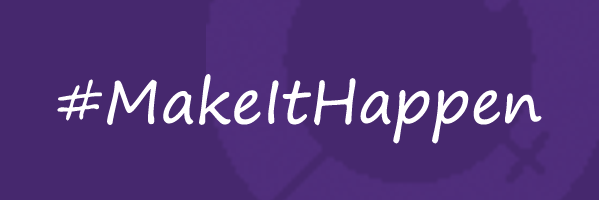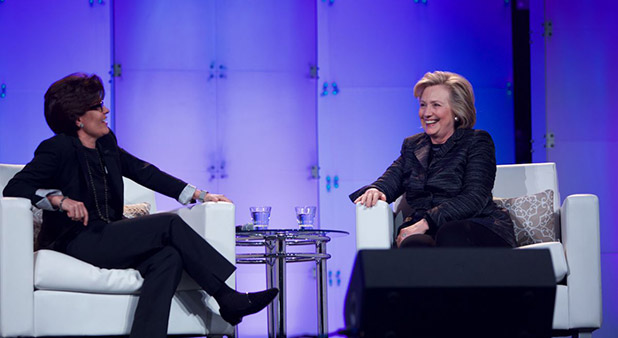I am in awe of the women who came to my conversation “Boardroom or Baby” at SXSW this past weekend. They were bright, energized, passionate and very engaged in the conversation.
I started the session by asking the women to team up and decide what they believe to be the single most important issue to help women succeed in tech.
As you are probably aware, currently women comprise about only 30% of the tech workforce and make roughly 77 cents on the dollar of what a man makes in tech.
We have a lot of work to do to close the gender gap, but based on the energy coming out of room # 407 at SXSW, I am very hopeful we can get there! I am committed to helping and one of the ways I will contribute is to take each of the items put forth by the group and write a blog offering up counsel on how to successfully navigate the issue. I will be bringing in subject matter experts and life experts to help. Below is the list. If you feel I missed anything please get in touch via Twitter @judyatAVG.
My question to the group was: What is the single most important thing we can do to help women succeed in tech?
Here are their answers in their own words below:
-
Make your career goals known.
-
Speak up and stand up for what you think is right.
-
Don’t let men talk for you; make sure your voice is heard.
-
Work hard.
-
Gain people’s respect.
-
Build and use your network
-
Find a strong female leader in the workplace as a mentor. Break the “Bro” club.
-
Fight against confidence loss when you’re in a room of male leaders.
-
Female diplomacy – speak up
-
Mentorship: Be a mentor to other women and girls. Find a female mentor higher up.
-
Find a sponsor.
-
Create formal sponsor programs, so that men can mentor women without social stigma.
-
Build resources for keeping and supporting a woman’s ability to stay working after she has a baby.
-
Stand up for what we need, realizing the value you bring.
-
Own your own career path to success.
-
Don’t operate from a place of fear.
-
Make people understand that flexibility does not equate to laziness, so don’t be afraid to ask for it.
-
Create awareness on the issue.
-
Make it an issue all care about, not just women.
-
Show the value to the bottom line or success to the business, so everyone is onboard with empowering women.
-
Strip names off of resumes.
-
Reach and speak out to younger girls in elementary school and middle school.
-
De-genderize toys.
-
Speak up in meetings and having a point of view.
-
Build more STEM work in elementary school for young girls.
-
Don’t be the first to tear another woman down.
-
Connect with other women below and beside you and find what you can do to help them achieve their goals.
-
Women should support women.
-
Have a support system in place for mothers.
-
Mentor other women.
-
Find male allies.
-
Get in the mix (female diplomacy).
-
Talk about issues.
-
Remove negative stigma on the term “emotional”.
-
Have more forward conviction in the forward progress we want to see.
-
Educate girls at a young age – letting them know the opportunities are there (Girls who Code).
-
Start off strong. Ask for what you deserve.
-
If you think you can do it go for it!
-
Inner belief: skills, ability, desire.
-
Attitude: stop apologizing, be assertive, and take charge.
-
Maternity leave.
-
Making a “girl playground”.
-
Start girls young in tech.
-
Encourage women not to be afraid to go into a male driven field. Make it welcoming in both culture and environment.
-
Create policies that give flexibility to maternity leave.
I was struck by how many individual issues were highlighted. If you would like to hear about any of these in particular on Twitter, please let me know and I will try to prioritize it.
I plan to address these issues on Twitter as well as a dedicated Facebook page as well as here on the blog.
Remember, change happens when like-minded people band together for a common cause. This is our cause: removing gender bias from the workplace and not allowing women to be penalized for having a baby.
To all the women in tech attending my session at SXSW- and beyond, I thank you and encourage you to stay strong and continue to speak out!
Judith



